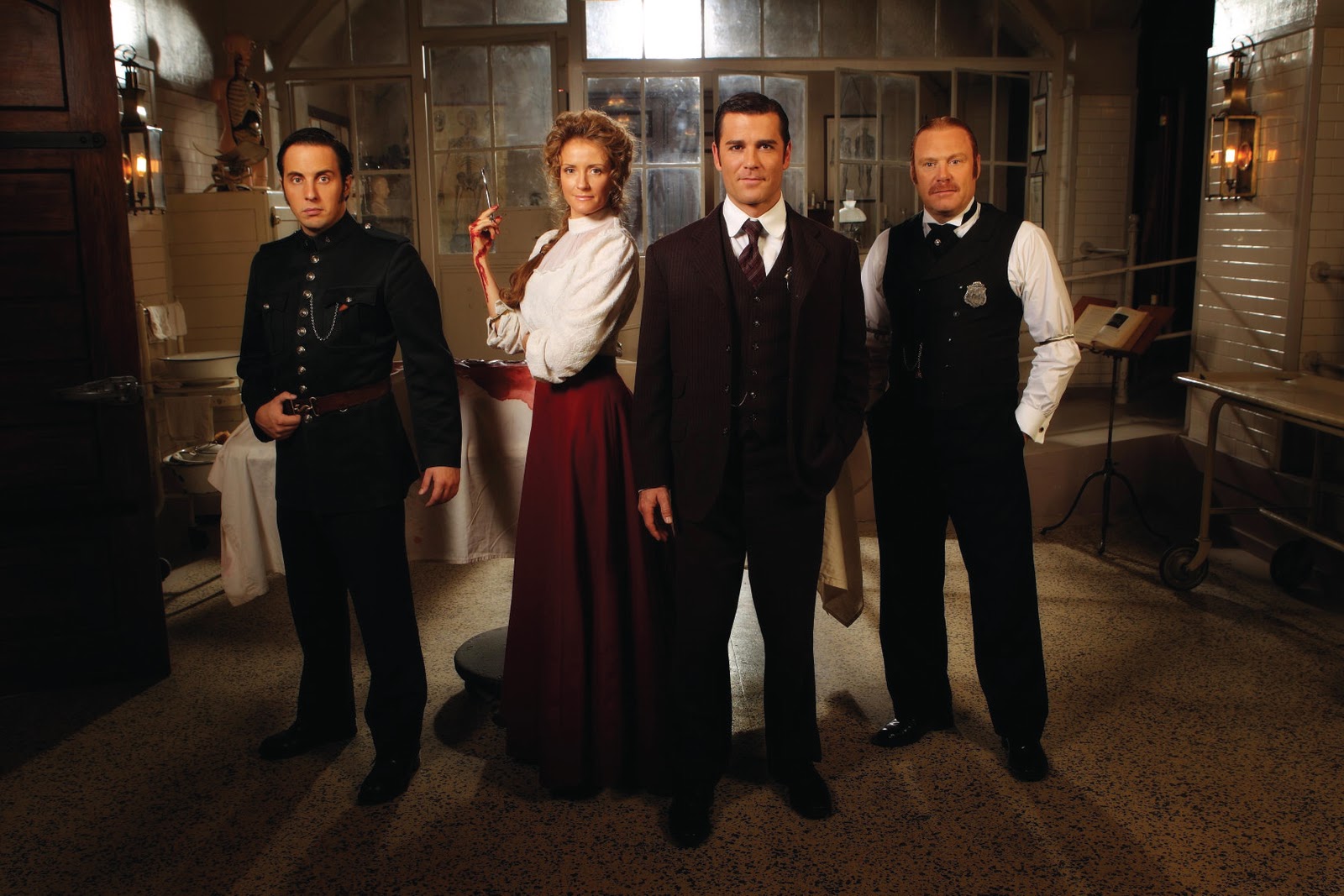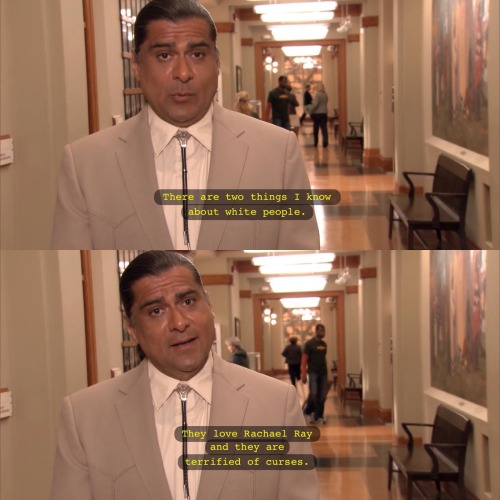I like making presentations. I like getting everyone to wear matching outfits, I like smoke machines & glitter cannons, and I like props. I like very much the sound of my own voice. But I respect that not everybody is as enthusiastic about those things as I am (and I’m saving it all for the end-of-semester presentation).

So, aside from my unavoidable disappointment that I couldn’t incorporate that into our pitch, I believe we went well. I’m glad we chose to discuss Pocket Museum through the lens of each of its components; I think it gave the panel and audience a thorough understanding of how each element would work on its own and together to create an overarching, transmedia experience. In hindsight, we could have been more explicit about the potential tripping-up points and how we would work to avoid them, although I think between our speeches and the question time those issues were covered. I regret that our powerpoint wasn’t as amazing / ridiculous (wholeheartedly and 100% a compliment) as the cult group, but I think it was clear and appropriate for our topic. Also: I noticed about halfway through that we were all bunched up along the wall instead of in front of the room, which is a little thing that’s deeply annoying to me since it’s such an easy fix and makes such a big difference.
More than anything else, I’m so excited by what everyone else is doing! I want to play everything and I can’t wait to get involved.
Take-aways:
- The trailer definitely does need a hook. It’s a beautiful thing but it lacks that call to action
- The idea of a little sprite to inject some life into the experience is a really good one. As I mentioned, I’m a little concerned about the topics becoming a little dry — which would be a huge shame since JMC is thoroughly absurd and wonderful. Having a little comic relief to nudge the story along and keep it in that bizarre place is a wonderful thing. Now: how do we incorporate him?
- Giving people a reason to get out into the real world beyond “let’s go because we love history and participating” is also hugely important. After the pitch, we toyed around a little with the idea of earning badges that unlocked extra content when all collected (so many questions about how this is enforced but we’ll wriggle an answer out of it, we’re all very clever) (once we know that, it shouldn’t be terribly hard for the participant since we plan on containing all of our visitable historical sites to the Melbourne CBD)
- And of course, keeping those historical sites accessible. There’s a lot to think about regarding the business of the place, available seating, historical relevance (should we take them to sites that have been since demolished? should we take them to places where it can be sort of assumed that something happened even though we don’t have proof? how much liberty can we take?)
- The filming is going to be a huge undertaking. I have endless faith in Jen but I’m a little intimidated by the scale of what we’re aiming to do. Where do you get 19th century costumes? Is this going to be inescapably camp, like Murdoch Mysteries? Should we lean into that? Is season 9 out yet?

- Actually, striking a balance between silly and informative is going to be really difficult. Also, do you think the guy who plays Murdoch wears mascara? Because I do (and good for him)
- A small but very important note: it’s such a shame that the audio will have to be in mono. I understand why (keeping one earbud out so you don’t get run over in traffic) but it’s really going to affect the soundscapes. Oh well
And now: to actually get stuck into it.




